UPDATE: FULL and COMPLETE LIST AS OF 2017 is LOCATED HERE!!!
(Everything below is far older, like, stinky running shoes older)
I like taking lots of photos, and I get a lot of questions on the gear I use – both for everyday photos for the blog, as well as on trips. So here’s the complete rundown.
Cameras
First up are the cameras I use. By and large, I use two cameras aside from my phone. A little point and shoot for sports stuff while working out, and then a digital SLR (DSLR) camera for prettier photography.
Normal everyday shots/Sports Activities:
In general I tend to use my phone (iPhone 6), however for sports activities I use a small waterproof & drop-resistant camera. I used to use the Lumix TS-3 waterproof camera, but after years of use I retired it this past winter (Dec 2014) and upgraded to the Lumix DMC-TS25. This one lacks GPS like the TS-3, but I found I never used it anyway – and I saved a bunch of money since it’s under $175US.
The little pocket sized Lumix is the camera I take running, cycling and swimming. It’s waterproof down to 4 meters, which is basically all I need for everyday use (or beach use). Even at night, it’s not too bad for ledge or handheld shots like the below.
While the shutter speed isn’t the fastest out there, it works well for virtually everything. All my images taken with this camera start with ‘P####’, if you’re curious which are which (I use the original name in all photos on the blog).
Travel & Trips and/or Really Nice Looking shots:
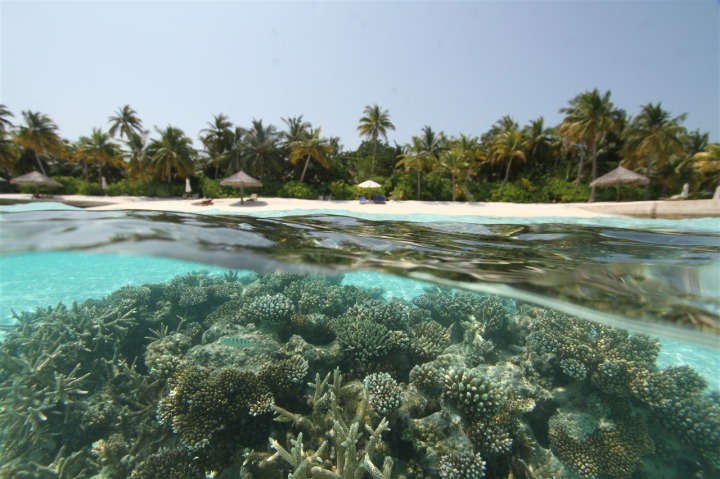
This is my new best friend. I’ve been using DSLR cameras for years now, and this one came out this past October. It does both still photography, as well as HD video (1080p & 720p). I find it great for quickly swapping back and forth between taking short videos and taking incredibly clear photos. If you’re looking for a cheaper option (at less than half the price), my wife has the Canon T1i camera, which includes 720p HD video as well as all the usual photography stuffs.
All my images taken with the 7D (or other DSLR’s I use) start with ‘IMG_####’. I also have an older Canon XTi as well that sorta floats around the house.
This DSLR is fully waterproofed and sorta drop-proof. I picked this up early in 2014 and have been using it when travelling on shorter trips (such as work trips). It also works great for pool shots where I don’t want to deal with getting my full underwater setup (below) all put together. It also automatically adds the GPS position into all the photos, which is handy. I bought the package with both lenses (11-27.5mm and 10mm). While the pancake is nice from a size perspective, I find that I most often use the 11-27.5mm, simply because it gives me a bit of flexibility.
Lenses:
I originally had the Canon Digital Rebel (300D), which uses any EOS SLR lens. Over time I upgraded the camera body to the XTi, and now the 7D. The lenses are compatible with all of these. Here’s what I use the, in order of using it the most, to least:
50mm F1.8 – This is my favorite lens. Virtually all of my cooking photos are taken using this. It has incredible depth of field for less than $100. There’s a F1.2 and F1.4 version that are great…but again, the F1.8 is only $90ish and awesome.
![IMG_4732[2] IMG_4732[2]](https://media.dcrainmaker.com/images/2006/12/photography-12-thumb.jpg)
Canon 10-22 EF-S F3.5-4.5 – I got this at the same time as the 7D, and it’s quickly become a great travel lens. It’s a wide angle, but it works really well in low light, and produces very sharp shots.
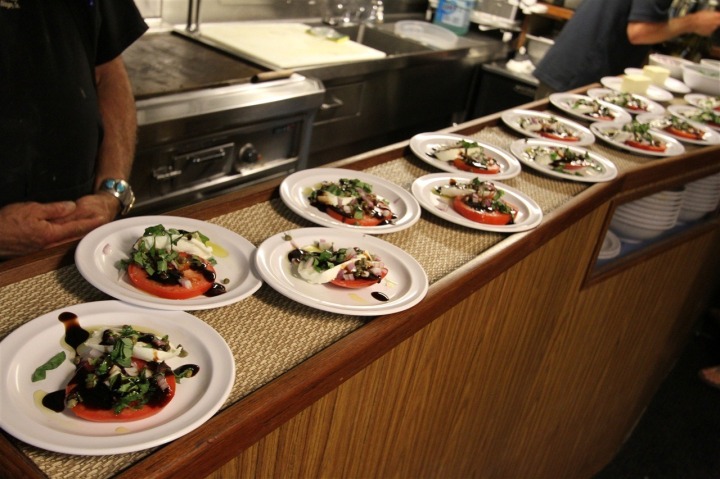
Canon 17-40 F/4L – While this overlaps a bit with the 10-22, it’s a great walkaround lens, and similar in zoom to the 18-55 included stock on many Canon’s – though with incredible optics. Of primary importance to me is that it works in my underwater case (noted below).
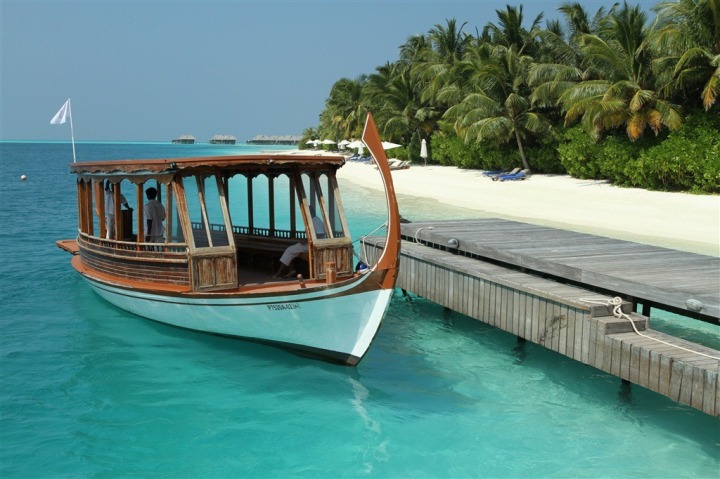
Canon 75-300 Image Stabilized – This is my primary lens for any long range shots. I mostly use this overseas, especially in Africa. While the 75-300 is no longer made, the 70-300 is still made – so I linked to that instead. Also note that there is the image stabilized version (IS) and one without IS. For shooting on the 300-side of things, I can’t recommend the IS enough, it really helps to make super crisp pictures.
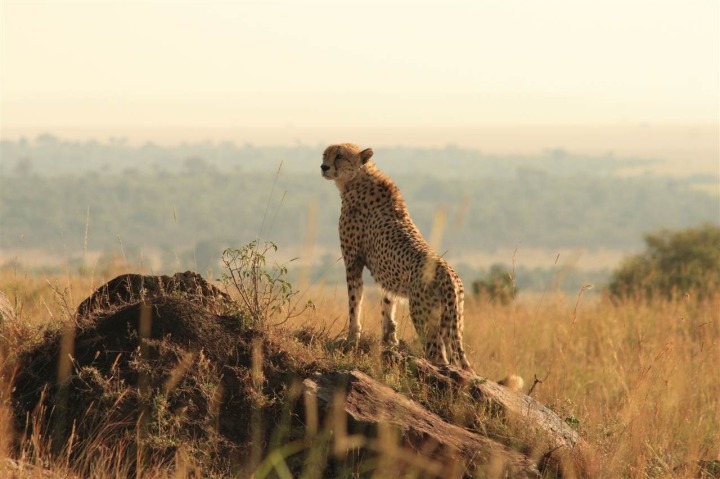
Sigma 70-200 2.8 EX DG II – This lens is great for sports photography, and is very comparable in many ways to the L-series 70-200 offered, but without the expense. I also use it in Africa a bit, but because of its weight and girth, don’t generally take it on international trips (except Africa).
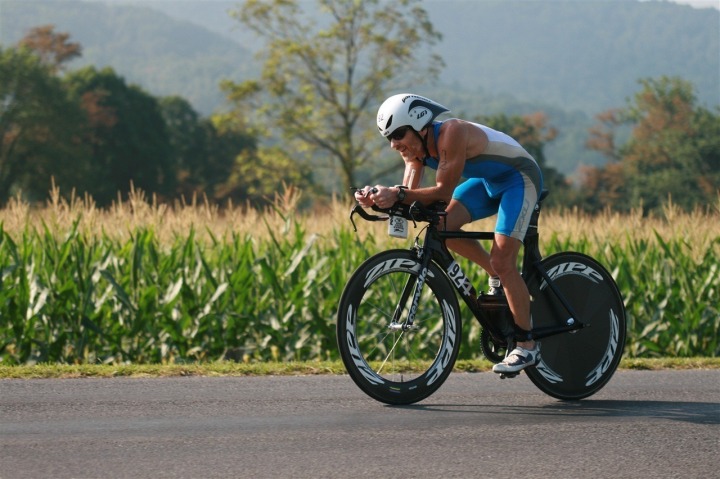
Sigma Fisheye 15mm 2.8EX – I got this back a number of years ago because I thought it would be fun. And it is fun. But it’s also not very sharp, and honestly a bit of a waste of money. Get the Canon 10-22 instead. But…it’s fun…occasionally. 😉
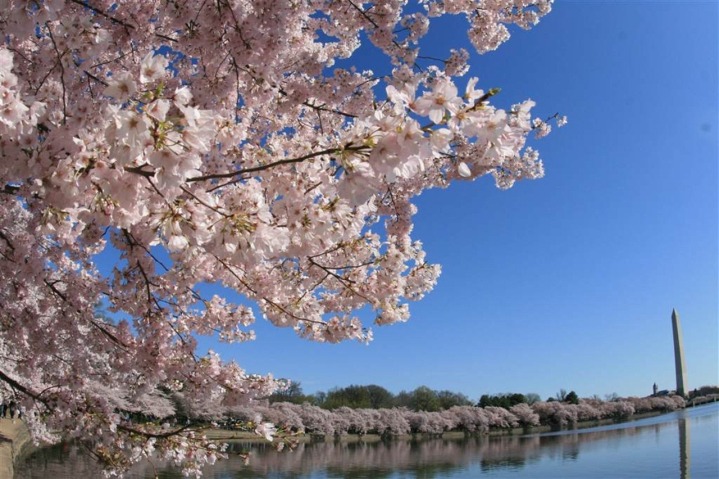
Action Cameras
I use a lot of action cameras in random shots, but I’m not particularly loyal to a specific camera 100% of the time. Instead, I tend to switch between the Garmin VIRB Elite, and the GoPro Hero4 Silver & Black. I’ve tried many others, but these two are the ones that I use the most primarily for their flexibility in mounts as well as the feature-rich software. In the case of the GoPro I can tune the video quality easier in post-production, whereas in the case of the VIRB I can get sensor data like speed/power/cadence (and the battery life is far better). If you can’t decide, check out the end of my Garmin VIRB review where I dive into which one I’d recommend for different cases. Also, I talk to the other models in my recommendations guide.
Other Camera Equipment
There’s a lot of other random things I use, but here are the big ones:
‘Timelapse machine’ (aka Intervolometer) – I use this to create time-lapse sequences, like the one below. The model I linked to is the official Canon model. But for about a 1/3rd of the price you can get a generic one, I have one of those for the XTi, and it works just fine and dandy.
2009 Army 10 Miler Timelapse from Ray Maker on Vimeo.
DJI Phantom 3 Professional: I’ve been using this the last two months, and it’s easily become my favorite drone for shooting videos. It’s super-easy to fly, but most importantly the integrated app control over the camera and live HD stream to your mobile device make it so easy to get the perfect shot. (If you’re looking to purchase, this link on DJI’s site also supports the site here at DCR as well as the Amazon link above.)
DJI Phantom 2 with Zenmuse H3-3D Gimbal for GoPro: I’ve been loving this over the last year or so, as it produces awesome footage from the sky. Out of the 4-5 different drones I’ve have, this was by far the easiest to use with the least amount of fuss. It’s also the most stable (software/hardware). This one is mostly retired now though as I have the Phantom 3 Pro noted above. Still, a great little machine. You can see a number of my Phantom 2/Hero4 shots in this post.
Ikelite Underwater Case – For any underwater photography I do, I use this camera case. It sucks it’s so expensive – and sucks even more than if you try and rent one, it almost will cost just as much as the case itself. Kinda stupid. I use a DS-51 substrobe with it. But I do love the case… These days however, I’ve been using the GoPro’s underwater with such good luck that for any snorkeling/pools (or non-deep water), the GoPro is really my go-to option.

Finally…feel free to post any questions below, and I’ll try and answer them as soon as possible.
| Product | Amazon | B&H Photo | |
|---|---|---|---|
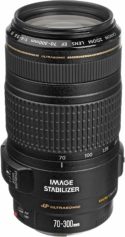 | Canon 70-300mm f/4-5.6 DSLR Lens $649 | Amazon | |
| Canon 7D DSLR Camera $879 | Amazon | ||
| Canon compatible intervalometer $30 | Amazon | ||
| Canon EF 17-40mm f/4L DSLR Lens $799 | Amazon | ||
| Canon EF 50mm f/1.8 II lens $125 | Amazon | ||
| Canon EF-S 10-22mm f/3.5-4.5 DSLR Lens $599 | Amazon | ||
| DJI Phantom 2 (for GoPro) $699 (+ mounts) | Amazon | ||
| DJI Phantom 3 Professional (with 4K camera) $999 | Amazon | B&H | |
| Feiyu Tech G4 3-Axis Handheld Gimbal for GoPro Hero4/3+/3 $209 | Amazon | ||
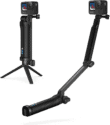 | GoPro 3-Way Grip/Arm/Tripod $69 | Amazon | |
| GoPro Hero4 Black $499 | Amazon | ||
| GoPro Hero4 Silver $399 | Amazon | ||
| Ikelite Underwater Case for Canon 7D $1,799 | Amazon | ||
| Nikon 1 AW Waterproof DSLR $746 (w/ 1 lens) | Amazon | ||
| Panasonic Lumix DMC-TS25 $180 | Amazon | ||
| Sigma 15mm f/2.8 EX Fisheye DSLR Lens $609 | Amazon | ||
| Sigma 70-200mm f/2.8 APO EX DG DSLR Lens $1,199 | Amazon | ||
| Wasabi Power Dual GoPro Hero4 Charger with 2 batteries (DCR Favorite) $23 | Amazon |

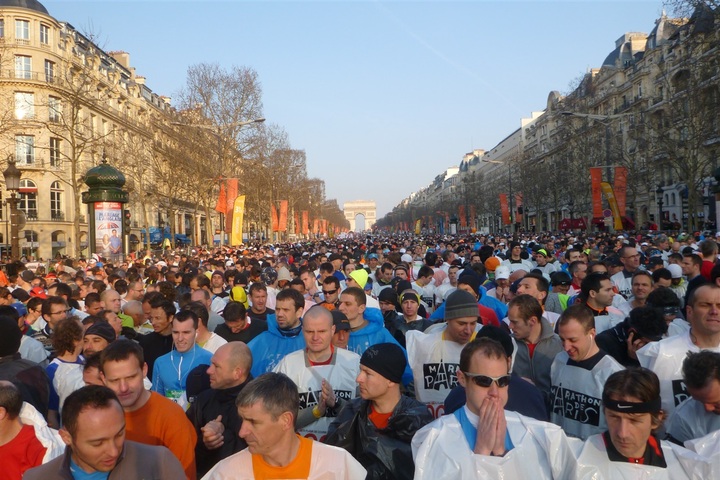
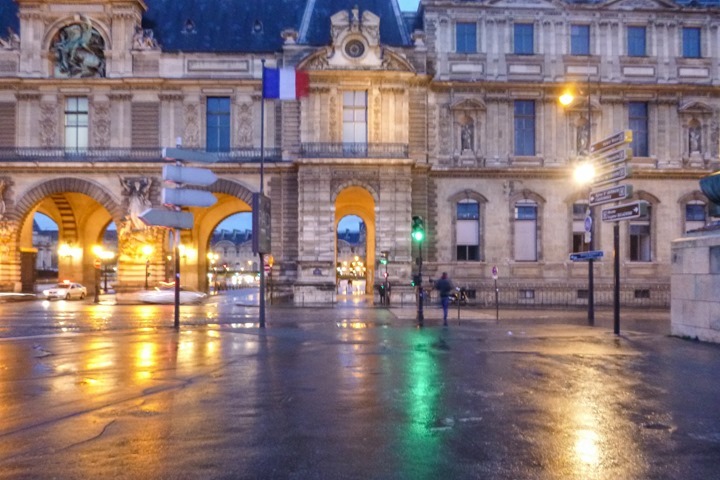
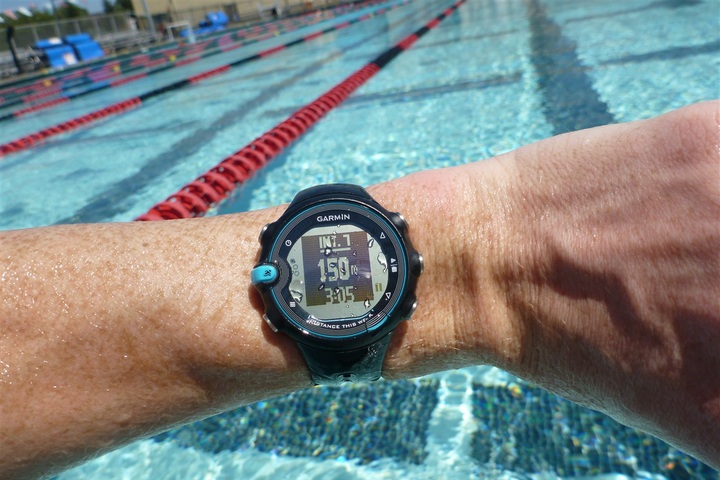
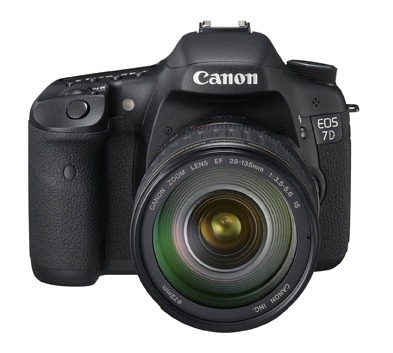
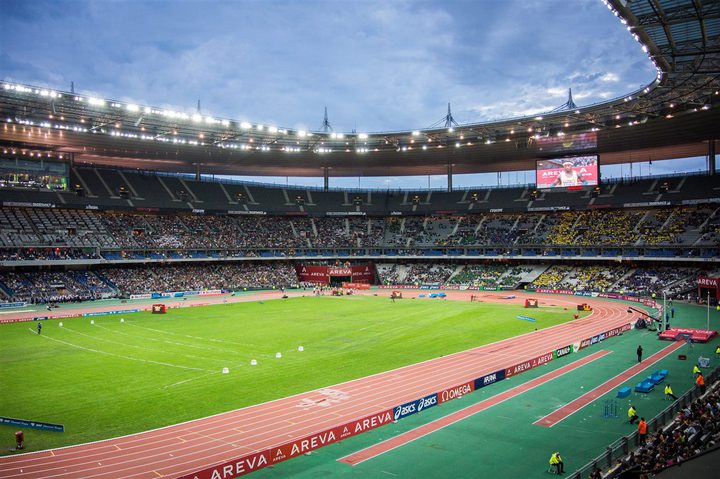
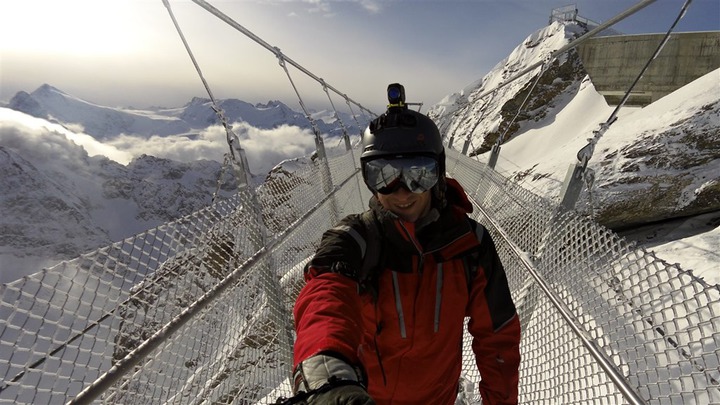
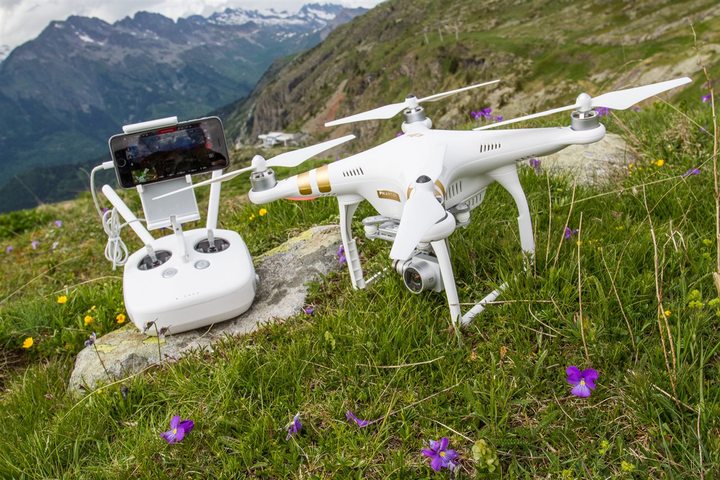

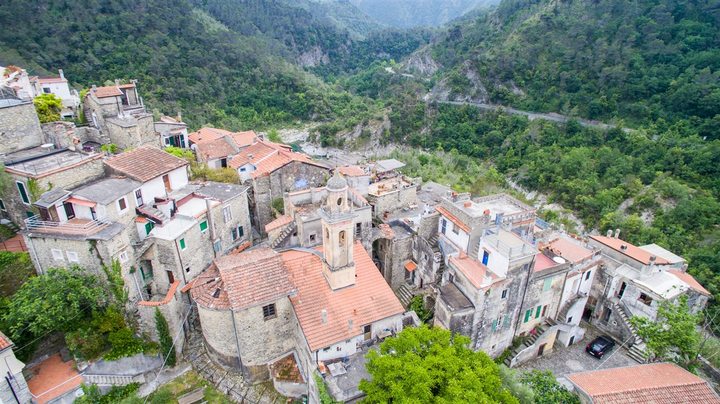
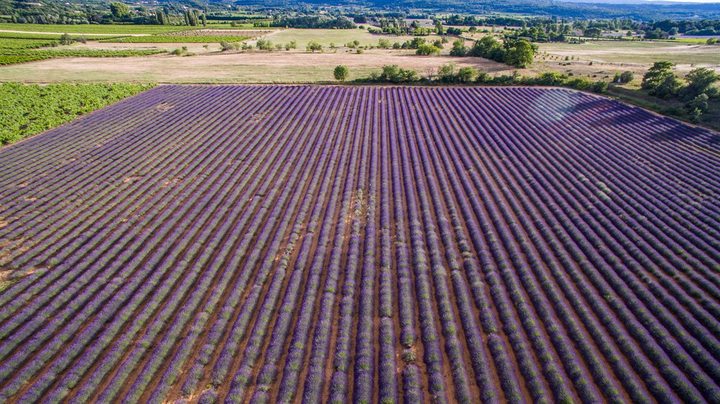
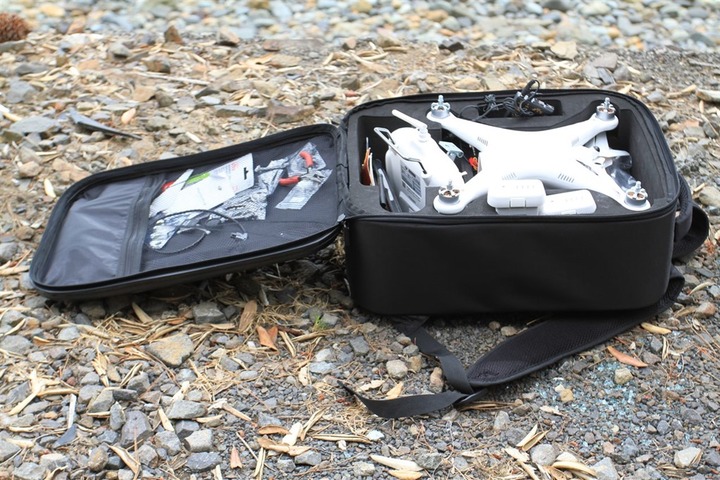
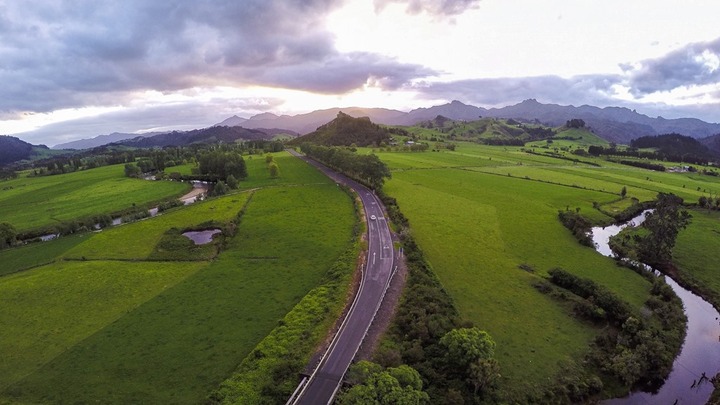











Hi Ray,
I’ve been a long time Canon EOS user – in part due to the easy compatibility with lenses. I just updated/upgraded to the 70D and can still use my 25 year old Canon lenses. This naturally did not stop me from picking up a couple of the newer STM lenses to go with the 70D. I’m curious if you geotag your photos with the 7D, and if so, how? I just spent 10 days in the west coast of Canada (through the mountains) and used GPS4Cam Pro with my iphone. I was really impressed with how well it worked and how easy it was to geotag all the photos at the end of each day. Definitely an impact on the phone battery but I always carried a auxiliary battery when hiking so did not run into any problems. Have you tried the Canon GP-E2 GPS receiver? I understand it is not the best integration with the 7D as you need to cable it in but for the 70D it attaches to the shoe. I’ll be in the US on the weekend and it is $150 cheaper down there so am trying to decide if it adds enough value over the GPS4CAM application. I would considered it way over priced in Canada for what you get. Any experience with it?
Thanks
I don’t geotag the 7D photos (at least 99.99% of the time). I’ve played around in the past with various software apps do merge track files with them later on a PC, but it’s always been a lot of work and most of the time it didn’t seem to be worthwhile for me. :-/
I’ve looked at the GP-E2 receiver as well a few times, but ultimately found it kinda clunky from a setup standpoint like you noted. I’m optimistic though that the next generation 7D supposedly coming out the first week of September will have both GPS and WiFi.
Thanks. I cannot convince myself that the $230 or so cost for the GP-E2 is worth it. Think I’ll stick with using the GPS4Cam app as it really only adds three steps to the processing (take a picture of the QR code on the phone, copy all the photos to the laptop, run the app). The rest is automatic and I can always use one of the more manual software techniques when geotagging when I have not pre-planned with my iphone). Hope the next generation 7D wifi is a bit more usable than the 70D wifi!
Hi guys,
I use gps4cam pro too and I am very satisfied with the results. I used to use other software but I find gps4cam workflow based on the QRCode brilliant and easy to use. gps4cam works with any DSLR unlike a GPS module that will work only with a specific camera.
Question for you: On some of your past running races you said you carried a VIRB and used that to take quick pictures while running, but I notice you haven’t done that lately. Could you explain why?
Thanks
The only reason is that lately I’ve been trying to take photos of watches as well during a race, and I find that using the VIRB (or even the GoPro) to take photos of watches doesn’t produce really good images of the screen. Whereas the little red camera does.
You may have already answered this but what do you do with the camera on the swim?
Sorry Zach, missed this. I use the Lumix (the little red one). Works great since it’s waterproof.
Hi Ray thank you for all good info and you passion. QQ… Why did you switch from Pentax optio to Panasonic lumix…. And what are your thoughts on the optio wg3? Thanks!
I found I wasn’t getting great battery life (really bad actually) on the Optio, even with brand new batteries. Also, I saw issues with low-light being a bit slack.
I haven’t looked at any of the options recently, kinda waiting for my Lumix to die. Thought I might have killed it on my 106*F run, but it still seems fine again the last few days. Really going the distance.
Hi Ray,
When you are swimming with the Lumix TS3, how do you carry it? Do you have a pouch or just use the wrist strap or just hang on to it? I would like to try some swimming shots but I am afraid of the camera dropping the camera to the bottom of the ocean or having the camera be in the way when I am swimming.
Hey,I takes LOTS of pictures when I’m running and hiking. I’ve been using my Iphone 5 for the past year and it does pretty good, except when I have to blow up a picture it losses its quality and gets grainy. I also know that the Iphone camera actually rivals lots of the other cameras on the market.
Do you think I should invest in another camera. I really want one that doesn’t look like crap when I put the pictures on an actual website. How does the Lumix TS-4 campare to the iphone you think?
It’s in the same ballpark as the iPhone. To be fair, you can get really good photos with either, that can be printed large. The trick really comes down to use. Virtually all of the ‘5 Random Things’ posts I write are shot on a mix of the iPhone or TS-4.
I also used the gopro 4 silver edition for underwater video and photography with the polar pro red filter (which really made a difference the deeper you go). I likewise couldnt justify the costs of the ikelight case for my canon rebel t2i dslr. Problems I had with the gopro camera for photography when scuba diving is I struggled getting photos in focus as it was very hard to stay completely still in water (for a beginner) while pressing the camera shutter button and waiting for focus. I didnt have a remote control but the lack of a timer (at least I could not find one in the options) on the gopro for taking photos was frustrating. Also for taking photos with the 3 way mount pointing back at you, where you hand pressing the shutter ends up in the photo, the timer would be useful here too.
Ray, my question is really simple – how to do you carry the camera when out on a run. I don’t think I’d like holding it the whole way, but also not sure i’d want it banging about in my shorts zipped pocket, but if you have an AWESOME DCRM solution, I am defintely keen to hear it, thanks for all the work and inspiration…
Just back from my ten year old first full 10k run – he’s been on 5ks for about a year, but is really stepping up and I’d love to capture him in full flow…!
Cheers
JP
Eeks, sorry – missed this!
Yup, I pretty much just hand-hold it the whole way. Except on really long runs where I’ll also be wearing a CamelBak, which has front pockets on teh straps.
Hi,
Do you still the Lumix DMC-TS25 for sport activity shots/video or the GoPro Silver?
I just use the GoPro Hero4 Silver most of the time.
Hi Ray! Along with your camera hardware, what software (for newbies) do you use for still and video post-production? I’m experimenting with a Garmin Virb Elite and probably soon a GoPro 4 Silver. Thanks!